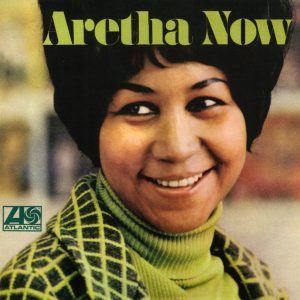Johannes Brahms is grouped with Ludwig van Beethoven and Johann Sebastian Bach as the “Three Bs.” (This is not to be confused with the 1982 Miami Dolphins’ “Killer Bees” defense. It’s unlikely many people would make that mistake, but I thought I’d mention it.) Wikipedia sums things up well, as usual:
Brahms is often considered both a traditionalist and an innovator. His music is firmly rooted in the structures and compositional techniques of the Baroque and Classical masters. He was a master of counterpoint, the complex and highly disciplined art for which Johann Sebastian Bach is famous, and of development, a compositional ethos pioneered by Joseph Haydn, Wolfgang Amadeus Mozart, Ludwig van Beethoven, and other composers. Brahms aimed to honour the “purity” of these venerable “German” structures and advance them into a Romantic idiom, in the process creating bold new approaches to harmony and melody. While many contemporaries found his music too academic, his contribution and craftsmanship have been admired by subsequent figures as diverse as Arnold Schoenberg and Edward Elgar. The diligent, highly constructed nature of Brahms’s works was a starting point and an inspiration for a generation of composers. (Continue Reading…)
Classical Archives offers biographical information:
The son of a double bassist in the Hamburg Philharmonic Society, Brahms demonstrated great promise from the beginning. He began his musical career as a pianist, contributing to the family coffers as a teenager by playing in restaurants, taverns, and even brothels. Though by his early twenties he enjoyed associations with luminaries like violinists Eduard Reményi and Joseph Joachim, the friend and mentor who was most instrumental in advancing his career was Schumann, who all but adopted him and became his most ardent partisan, and their esteem was mutual. Following Schumann’s death in 1856, Brahms became the closest confidant and lifelong friend of the composer’s widow, pianist and composer Clara Wieck Schumann. After a life of spectacular musical triumphs and failed loves (the composer was involved in several romantic entanglements but never wed), Brahms died of liver cancer on April 3, 1897. (Continue Reading…)
Above is the “Violin Concerto in D major – II. Adagio,” conducted by Leonard Bernstein. Below is “Piano Concert No 2 in B Flat Major, 2nd Movement.”










Add Comment